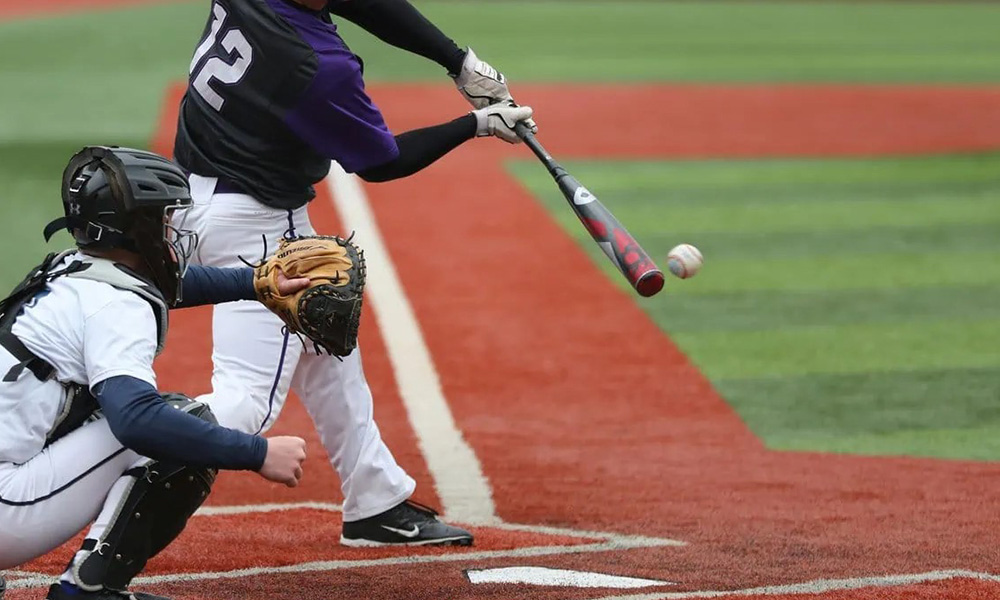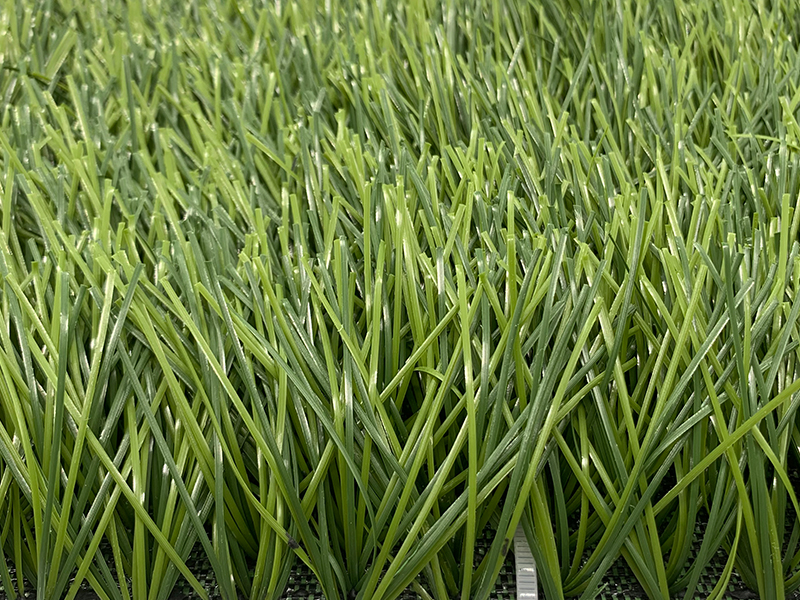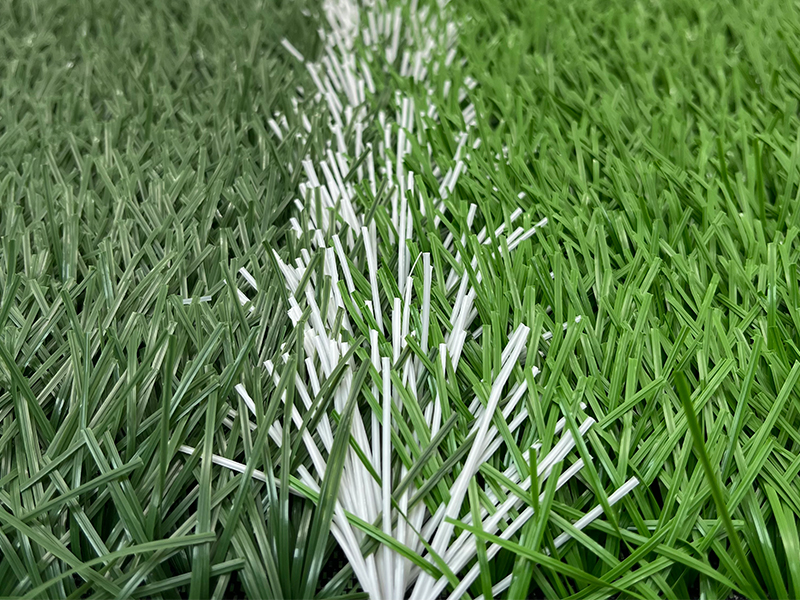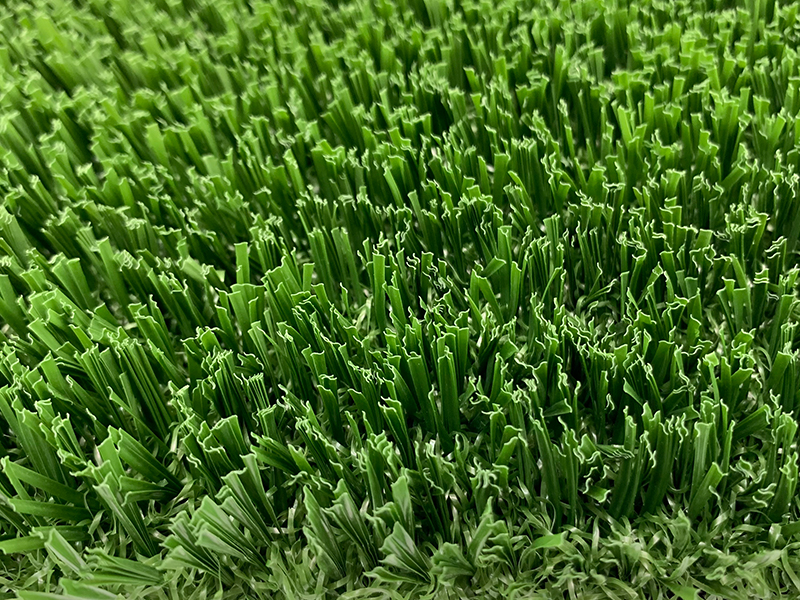How to prepare your yard for laying landscape turf?
Artificial turf is becoming a popular choice for modern home garden design due to its beauty, low maintenance cost and durability. Whether you want to create a children's play area, a pet activity area, or an outdoor leisure space that is evergreen all year round, preliminary preparation is crucial. Here are five key preparation steps before laying landscape turf:
Clear design vision: choose lawn style and layout
Before starting construction, first clarify the scope of the area your landscape turf will cover and the overall design style. Consider the following aspects:
Is the shape of the lawn regular geometry or natural curves?
Is the use scenario leisure, viewing, or daily sports?
What kind of grass height, color and texture do you prefer?
You can also measure the area of the lawn in advance to help you purchase the required materials later. It is recommended to reserve the edge closing area in the design to facilitate a neater laying.
Which type of yard scene do you want?
-
Purely ornamental: Highest requirements for the aesthetics, natural color, and density of the grass fibers.
-
Activity/Recreation: High requirements for cushioning, abrasion resistance, and fading resistance (requires thicker grass fibers and infill layer).
-
Pet-only area: Extremely high requirements for drainage (perforated bottom or permeable grass fibers), antibacterial properties, and easy cleaning (washable).
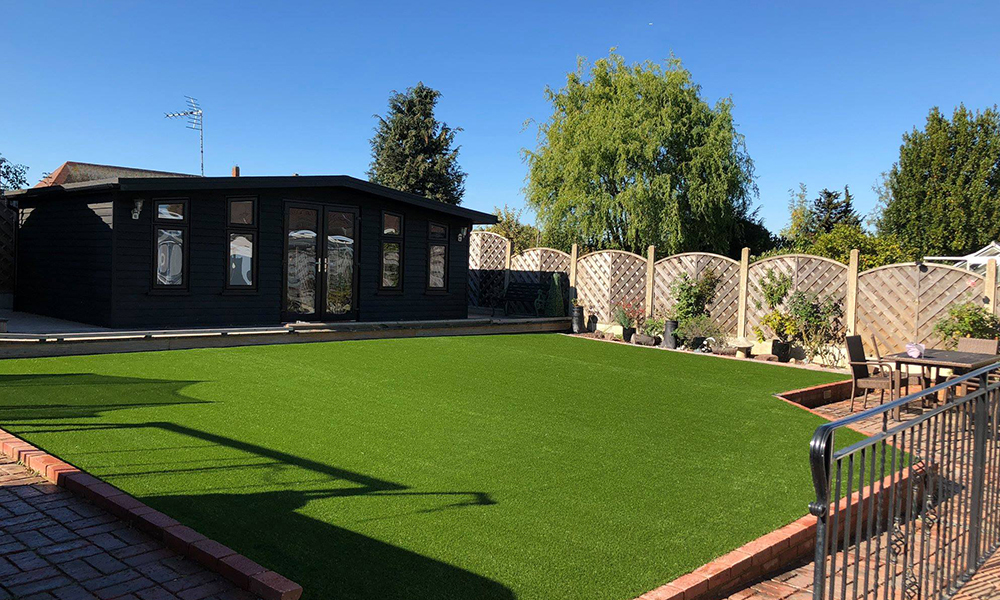
Preliminary Preparations
1. Matching Lawn Type to the Courtyard Scene
-
Choose by Usage Frequency: For high-frequency use (e.g., children running, pet activity, frequent guests), prioritize UNIGRASS artificial turf. UNIGRASS turf is durable, easy to clean, and requires no mowing or watering; for low-frequency use (purely for viewing, occasional relaxation), choose soft, cost-effective turf.
-
Adapt by Climate and Region: Choose artificial turf for arid and low-rainfall areas; for rainy and humid areas, enhance drainage design by choosing permeable artificial turf and improving drainage in the base layer.
2. Before Laying
-
Preventing Water Accumulation: In addition to a 1%-2% slope, in rainy areas, lay a 10cm thick gravel drainage layer under the base layer, along with drainage pipes, directing the drainage towards the courtyard's rainwater inlet.
-
Preventing Weeds: Natural turf can be sprayed with an environmentally friendly herbicide after site preparation (1-2 weeks before laying). Artificial turf requires a geotextile layer for double protection against weed penetration.
-
Child/Pet Friendly: Choose artificial turf with soft grass fibers, and add a 5cm cushioning pad to the base layer. Select a type that is resistant to chewing.
Preliminary ground cleaning: remove obstacles and weeds
Before starting construction, be sure to thoroughly remove weeds, tree roots, gravel, flower pots and other debris from the original ground. This step ensures that the new lawn has a flat and debris-free foundation.
Using herbicides can treat the underground roots in advance and prevent weeds from penetrating the lawn in the future;
If there is a significant difference in height on the ground, it is recommended to use a shovel or tool for preliminary leveling.
This stage determines the subsequent flatness and service life of the lawn.
Check the drainage system: ensure that the water flows smoothly
Good drainage is the key to the service life of landscape turf. If the drainage is not smooth, the accumulation of water will cause the lawn to bulge, smell and even breed mold.
Check whether there are waterlogging areas in the yard;
Add micro-slopes or drainage ditches if necessary;
If the soil is clay type, it is recommended to add a gravel foundation to improve drainage.
This step ensures that rainwater can quickly infiltrate or drain, keeping the lawn dry and clean.
Install waterproof barriers or weed cloth
In order to prevent moisture from infiltrating and weed growth, it is recommended to lay a waterproof layer or weed cloth at the edge of the front of the grass or throughout the field. This not only helps to protect the base, but also makes the lawn neater and firmer.
Use breathable materials to ensure that the foundation is dry;
Use nails or tape to fix the corners around to prevent displacement;
For pet areas, you can also use anti-odor and moisture-resistant materials.
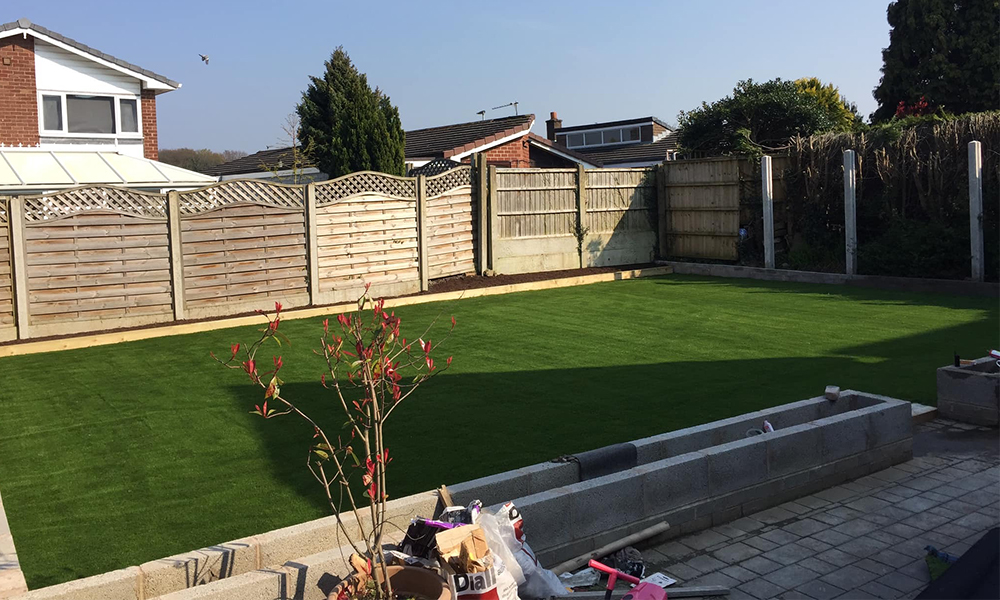
Laying a gravel base: creating a stable load-bearing structure
Finally, it is critical to lay a stable and breathable base for the lawn. It is generally recommended to lay a 3-5 cm thick layer of gravel (such as crushed stone, stone powder or gravel) and then compact it.
Choose gravel with a particle size between 3 and 10 mm to help drainage and support;
Use a vibrating compactor to compact it to improve the stability of the base;
If further leveling is required, add a small amount of fine sand to fill the gaps.
This base will serve as the main support structure of the landscape turf, which directly affects its service life and foot comfort.
Long-Term Maintenance
Artificial turf is not "zero-maintenance," but rather "low-maintenance."
Daily Maintenance:
-
Regularly sweep, rinse, and remove debris.
-
Prevent prolonged pressure and furniture burns.
Perfect lawn starts with preparation
Laying artificial turf is not simply "laying a green carpet", but a systematic project that requires rigorous preparation. Every step of preparation is related to the beauty, practicality and durability of the lawn in the later stage. By following these five steps, you can not only ensure a smooth construction process, but also create a safe, beautiful, and long-lasting outdoor oasis for your family members.


